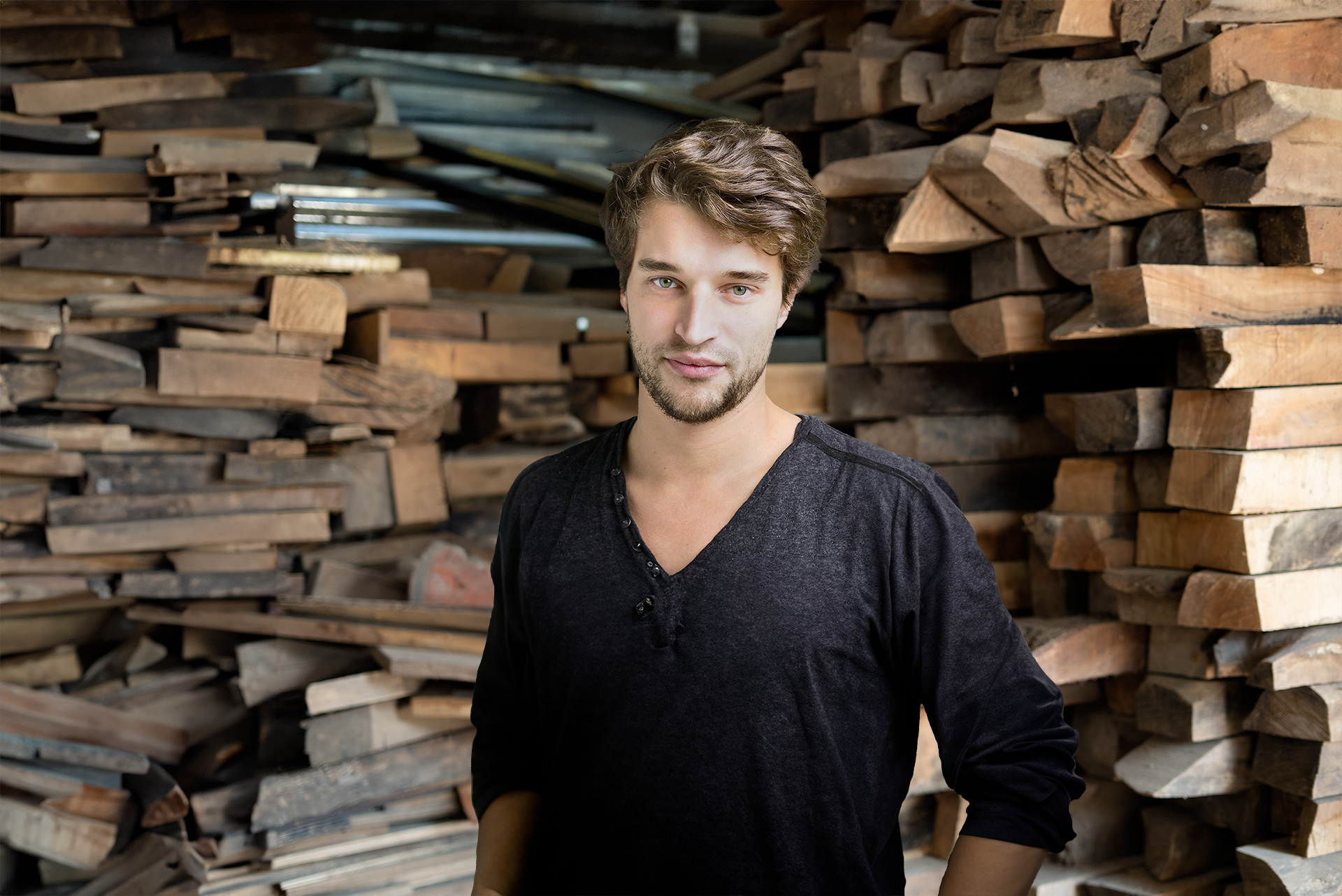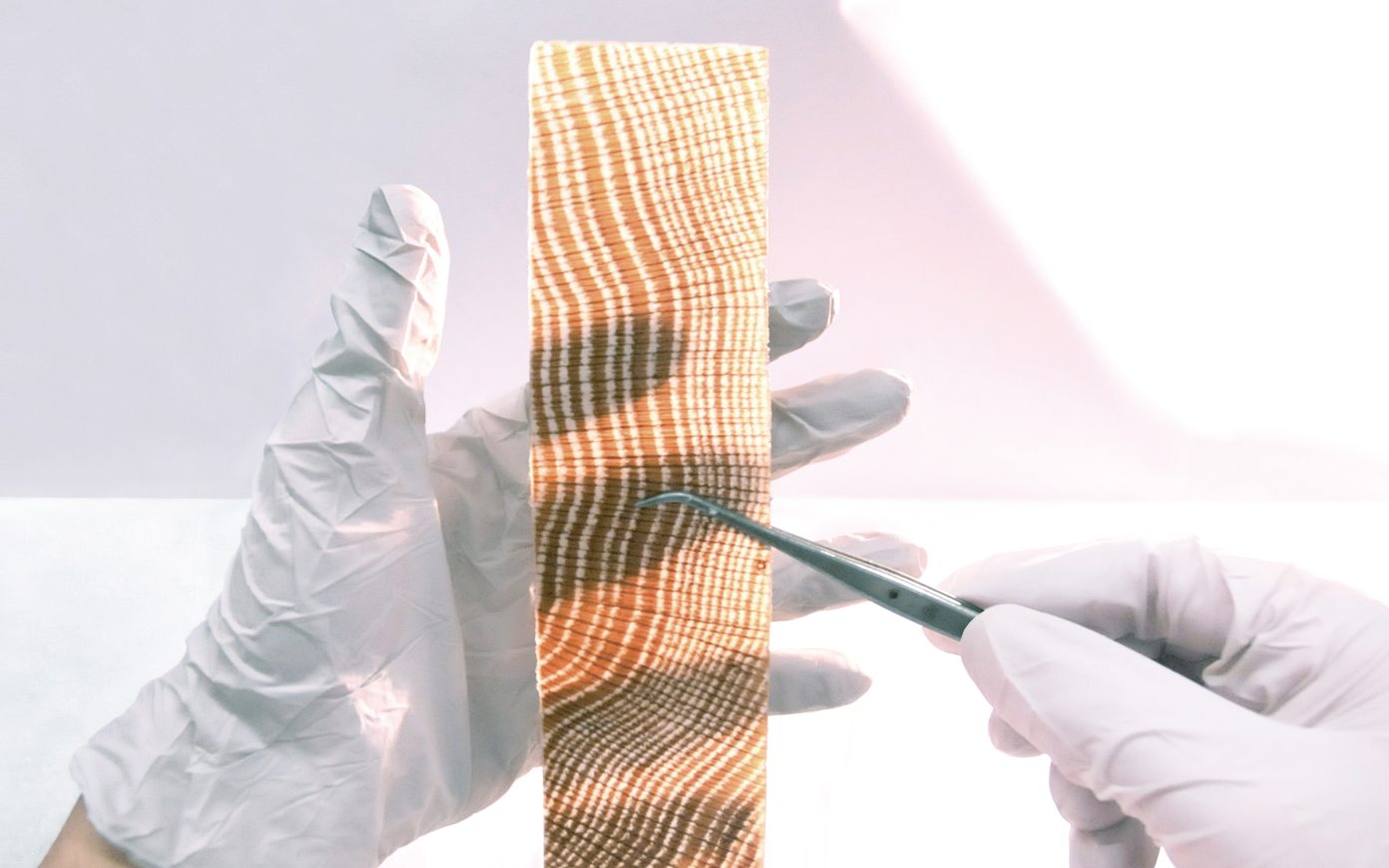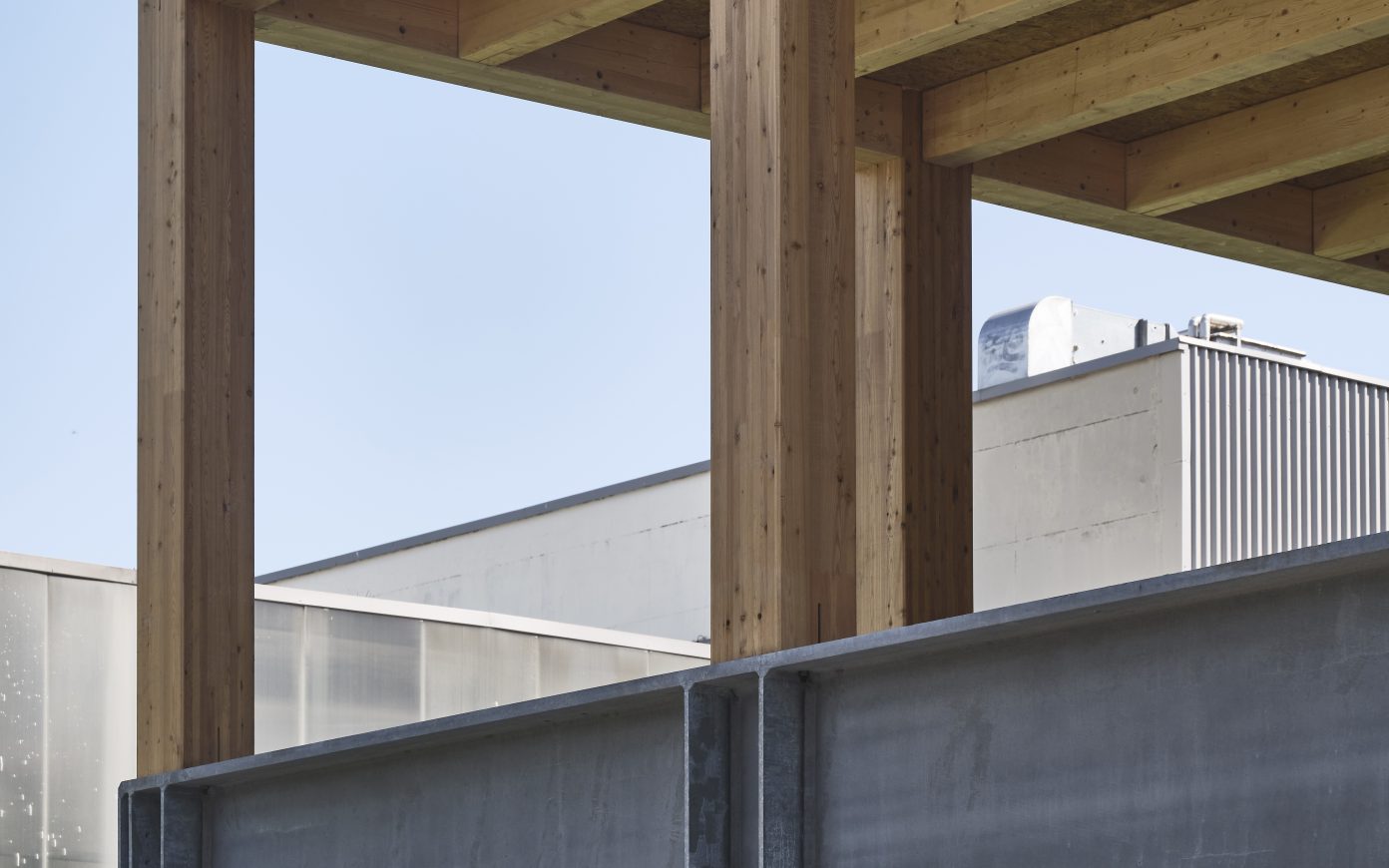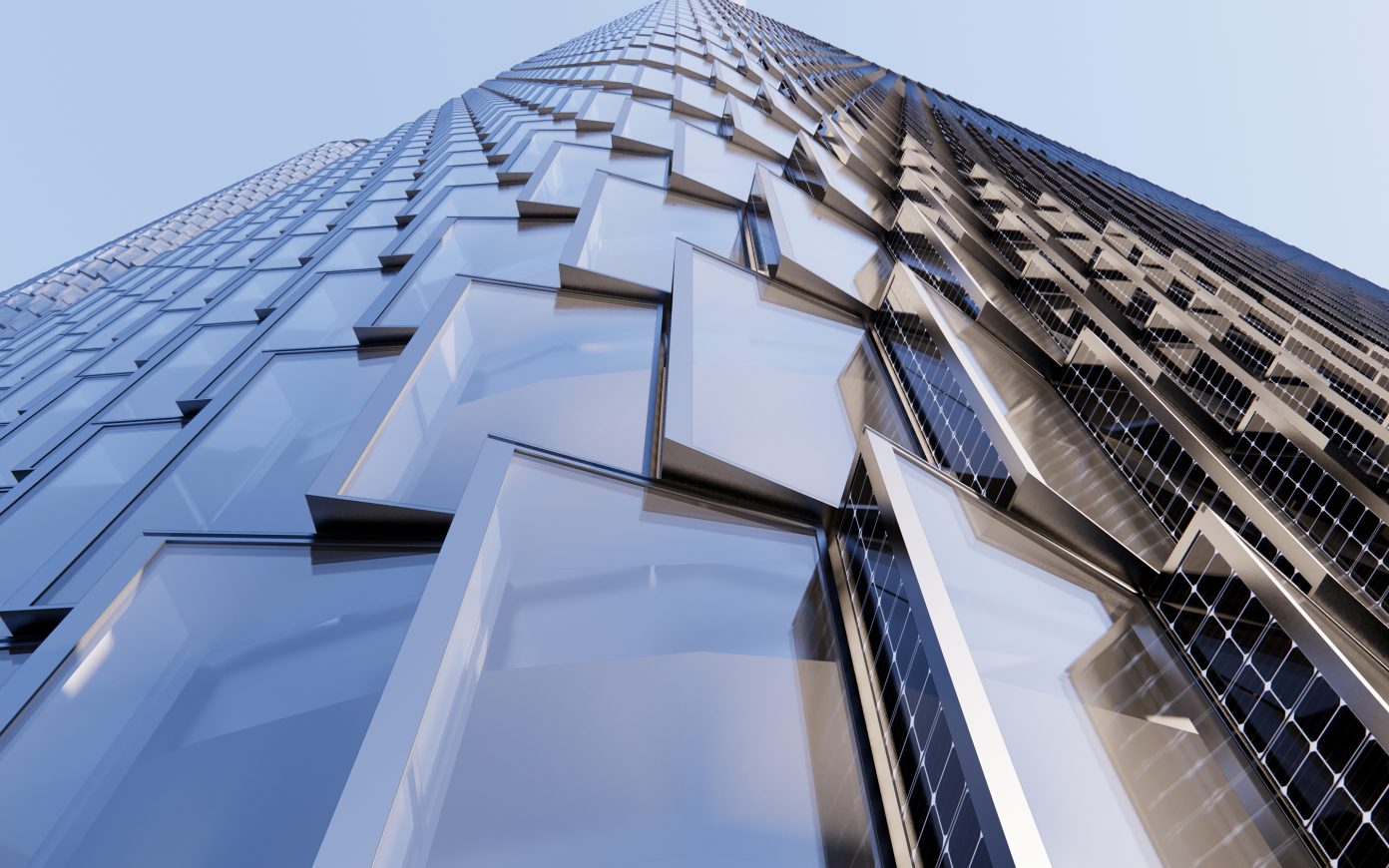Augmented Wood
Building the city with and for the living also means increasing the use of the organic materials that nature provides. An architect, entrepreneur and biologist, Timothée Boitouzet emphasizes that we live in a time of transgression of the dogmas of modern architecture and of an evolution in ways of thinking and designing, embodied by an interdisciplinary approach of architecture and science. The architect now plays the role of interface in order to transcend the simple creation of inert forms and engage organic processes of construction. Boitouzet has been developing a high-performance wood material—rot-proof, rigid, and translucent—by replacing lignin with a plant resin, thus preserving the wood’s internal geometry. Similar to different products of the bio-economy, this eco-responsible material, at once organic and hyper-technological, is the sign of a new alliance with the living, in such a way as to serve and go beyond nature.




